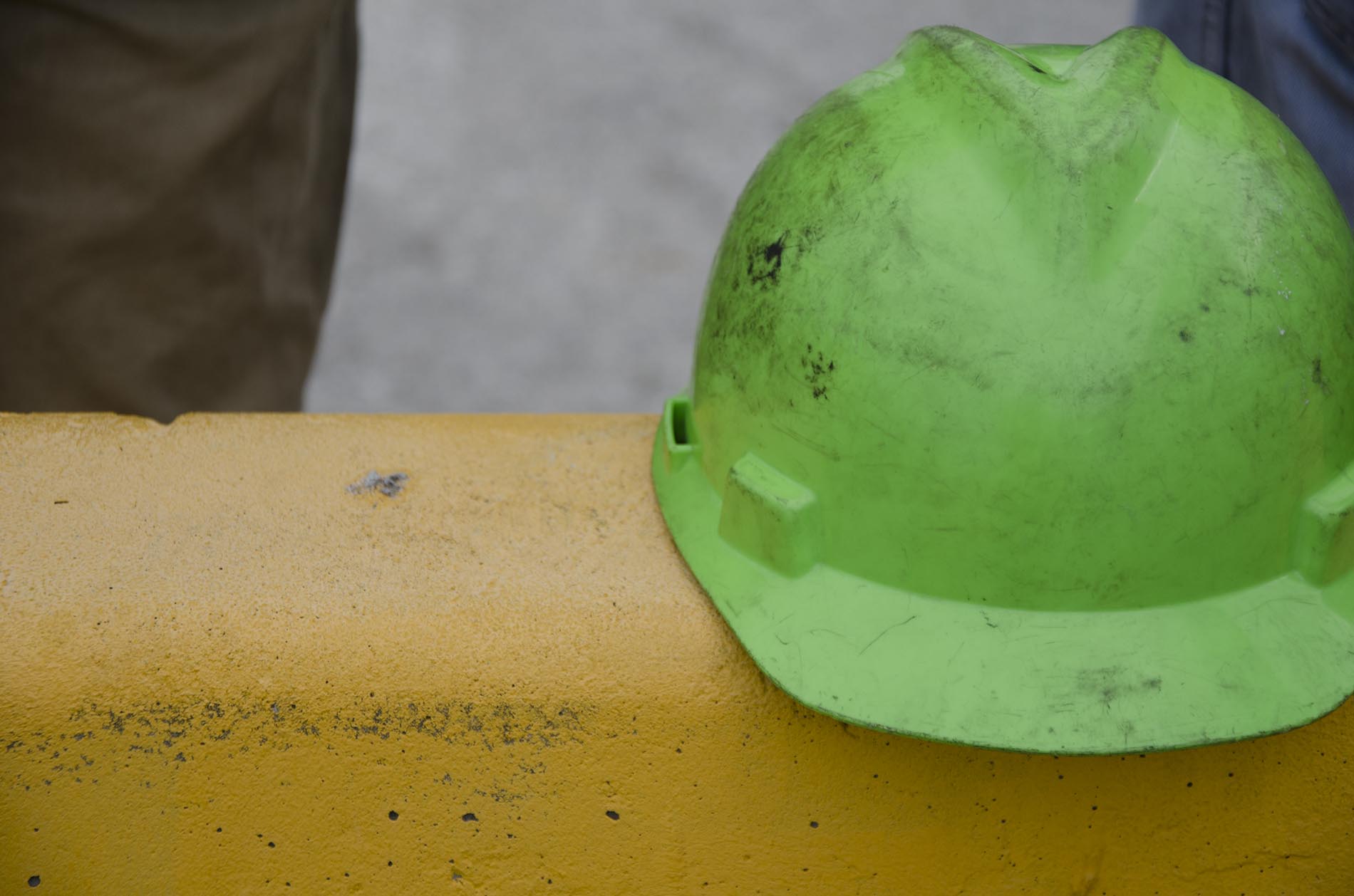You’ve probably seen references to so-called “Perini” coverage when the issues of situs and status under the Longshore Act are being discussed. I make frequent reference to it myself, usually assuming that others know what I’m talking about.
The reference is to the U.S. Supreme Court’s 1983 decision in the case of Director, Office of Workers’ Compensation Programs v. Perini North River Associates (Churchill), 459 U.S. 297.
It’s probably overdue, but now I’ll take a few minutes to discuss what “Perini” coverage is.
Let’s start at the beginning. When the Longshore Act was enacted in 1927, and up until the 1972 amendments, coverage under the Act was determined by the situs of the injury. If a worker suffered a work related injury over the navigable waters of the United States, or on a dry dock, he was covered, unless excluded by one of the express statutory exclusions, such as “master or member of a crew of any vessel”. If the worker was working over the water in the course of employment, regardless of what his job was, he was covered by the Longshore Act.
The 1972 amendments expanded coverage landward, “upon the navigable waters of the United States (including any adjoining pier, wharf, dry dock, terminal, building way, marine railway, or other adjoining area customarily used by an employer in loading, unloading, building, or repairing a vessel)”.
The 1972 amendments also added a “status”, or maritime employment, requirement to limit coverage to only maritime employees in the newly expanded “situs”.
So the question arose: is a worker injured over the navigable water who would have been covered prior to the 1972 amendments no longer covered unless he can establish that he meets the new “status” requirement?
In Perini the Supreme Court held that Congress, in the 1972 amendments, did not intend to withdraw coverage from any worker who would have been covered prior to the amendments. This is regardless of occupation. If you are injured in the course of employment over the navigable waters of the United States, or on a dry dock, then you are covered by the Longshore Act. There is no “status” test. This is “Perini” coverage.
There are two issues to be alert to. If you are expressly excluded from coverage by a statutory provision, such as the coverage exclusions in section 902(3) added by the 1984 amendments, then you are not eligible for “Perini” coverage.
Also, in the federal circuit courts of appeal there are varying interpretations of the issue of whether the worker was over the navigable water “transiently or fortuitously” when injured and what this might mean with regard to coverage. This is a factual issue, and the result may vary by circuit.
But the main point is, if you are injured over the navigable water, and your regular job duties require you to be there, and you are not excluded by a specific statutory exclusion, then you are covered by the Longshore Act. There is no “status” test under “Perini”.
The reference is to the U.S. Supreme Court’s 1983 decision in the case of Director, Office of Workers’ Compensation Programs v. Perini North River Associates (Churchill), 459 U.S. 297.
It’s probably overdue, but now I’ll take a few minutes to discuss what “Perini” coverage is.
Let’s start at the beginning. When the Longshore Act was enacted in 1927, and up until the 1972 amendments, coverage under the Act was determined by the situs of the injury. If a worker suffered a work related injury over the navigable waters of the United States, or on a dry dock, he was covered, unless excluded by one of the express statutory exclusions, such as “master or member of a crew of any vessel”. If the worker was working over the water in the course of employment, regardless of what his job was, he was covered by the Longshore Act.
The 1972 amendments expanded coverage landward, “upon the navigable waters of the United States (including any adjoining pier, wharf, dry dock, terminal, building way, marine railway, or other adjoining area customarily used by an employer in loading, unloading, building, or repairing a vessel)”.
The 1972 amendments also added a “status”, or maritime employment, requirement to limit coverage to only maritime employees in the newly expanded “situs”.
So the question arose: is a worker injured over the navigable water who would have been covered prior to the 1972 amendments no longer covered unless he can establish that he meets the new “status” requirement?
In Perini the Supreme Court held that Congress, in the 1972 amendments, did not intend to withdraw coverage from any worker who would have been covered prior to the amendments. This is regardless of occupation. If you are injured in the course of employment over the navigable waters of the United States, or on a dry dock, then you are covered by the Longshore Act. There is no “status” test. This is “Perini” coverage.
There are two issues to be alert to. If you are expressly excluded from coverage by a statutory provision, such as the coverage exclusions in section 902(3) added by the 1984 amendments, then you are not eligible for “Perini” coverage.
Also, in the federal circuit courts of appeal there are varying interpretations of the issue of whether the worker was over the navigable water “transiently or fortuitously” when injured and what this might mean with regard to coverage. This is a factual issue, and the result may vary by circuit.
But the main point is, if you are injured over the navigable water, and your regular job duties require you to be there, and you are not excluded by a specific statutory exclusion, then you are covered by the Longshore Act. There is no “status” test under “Perini”.


